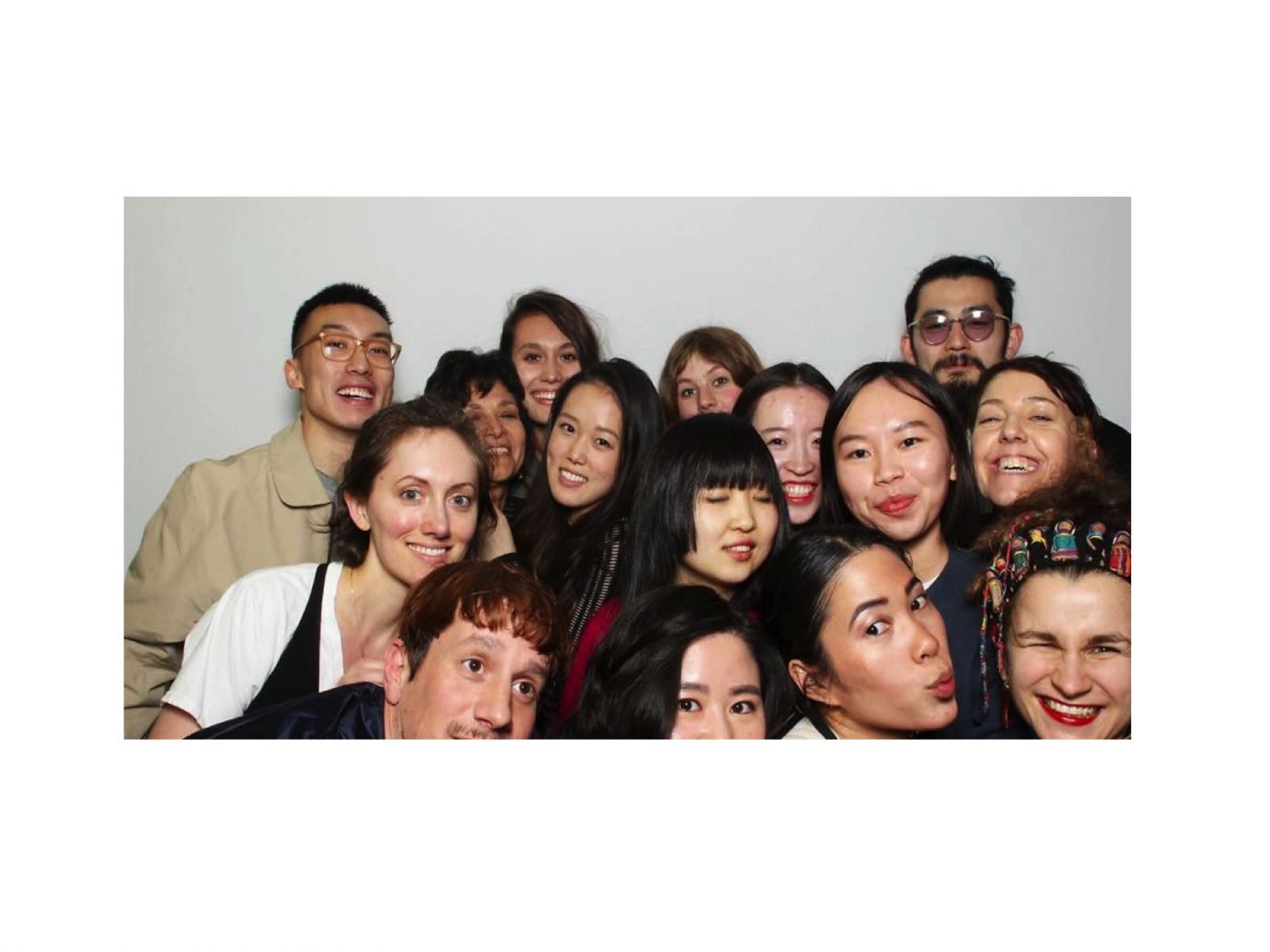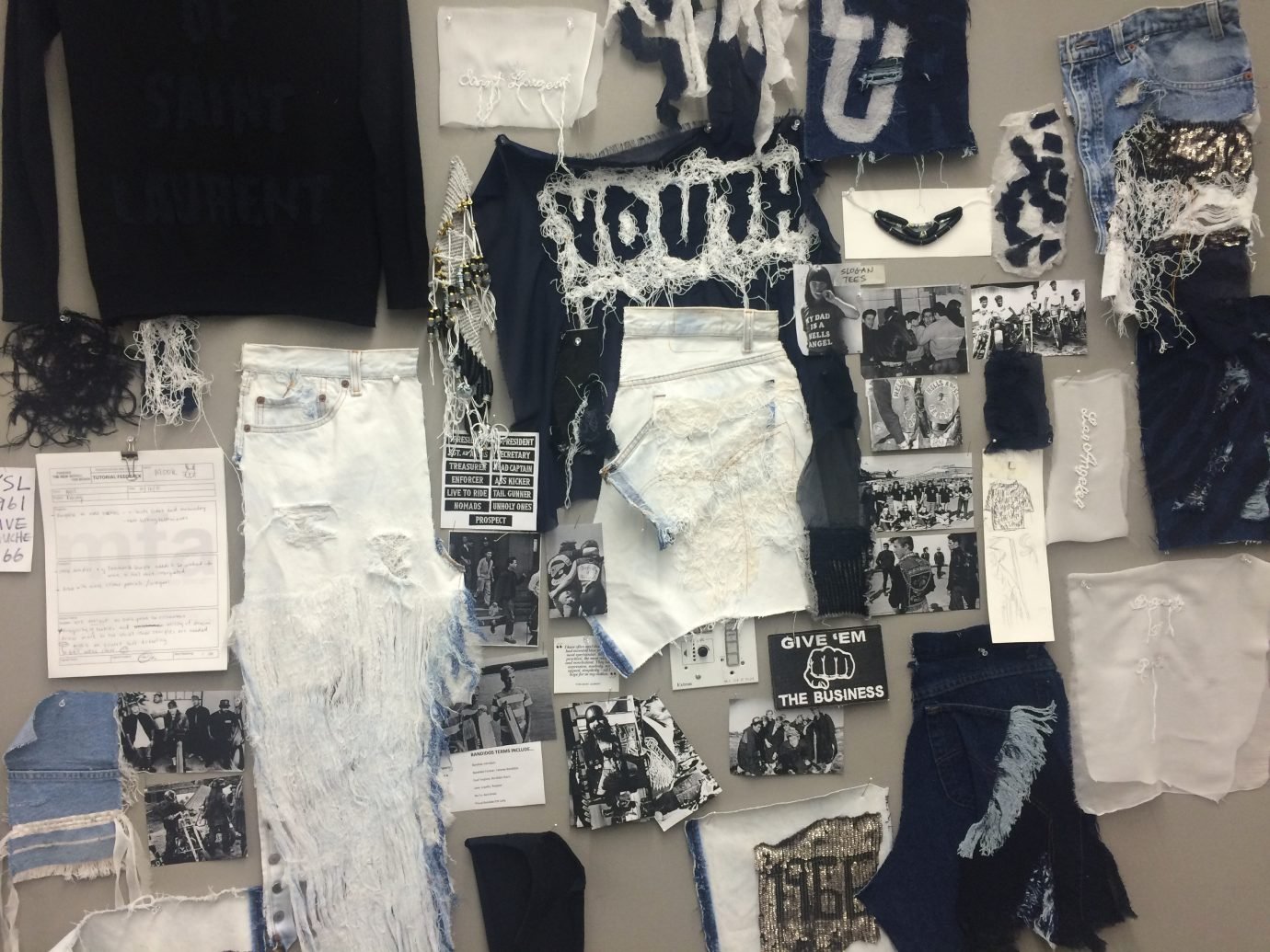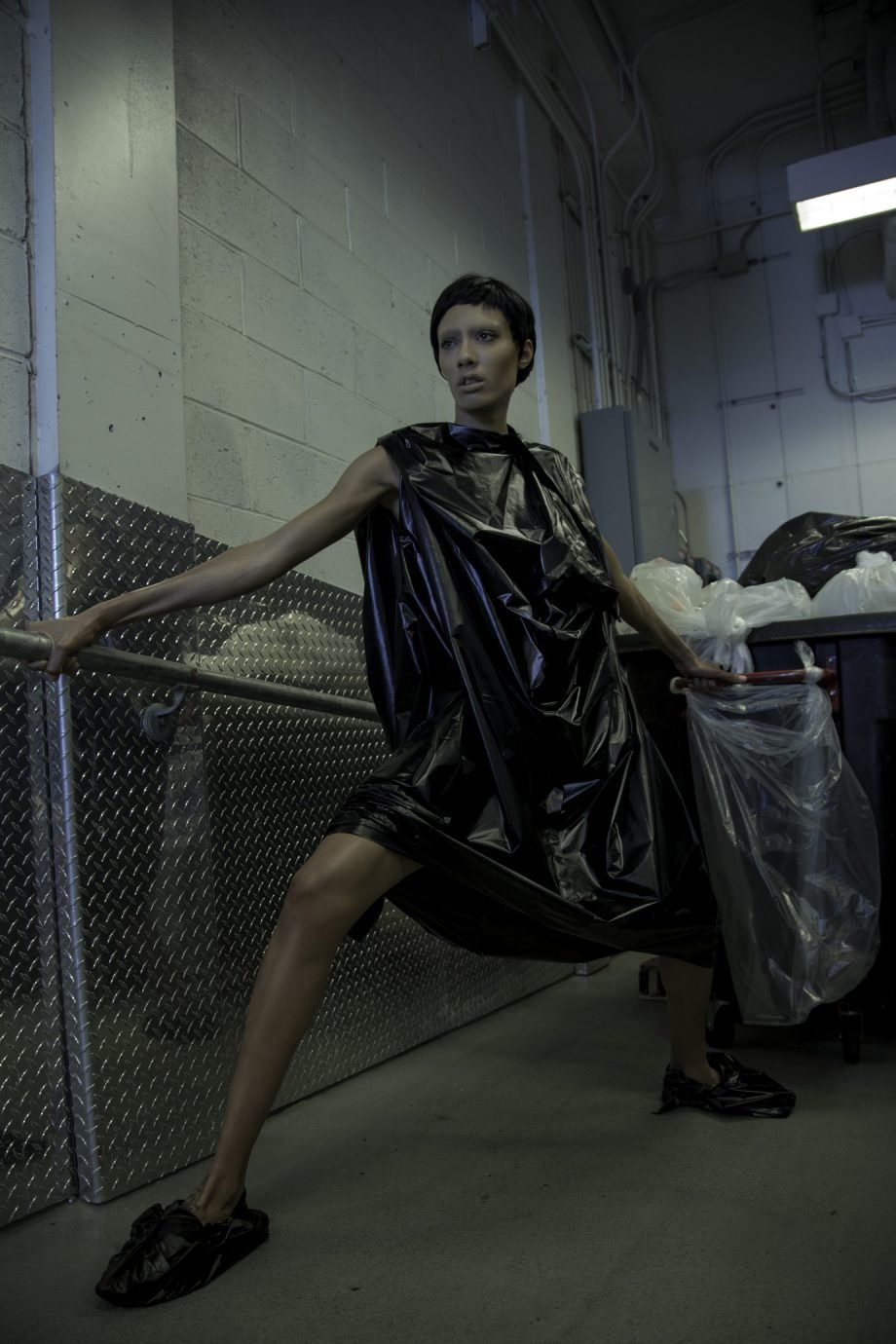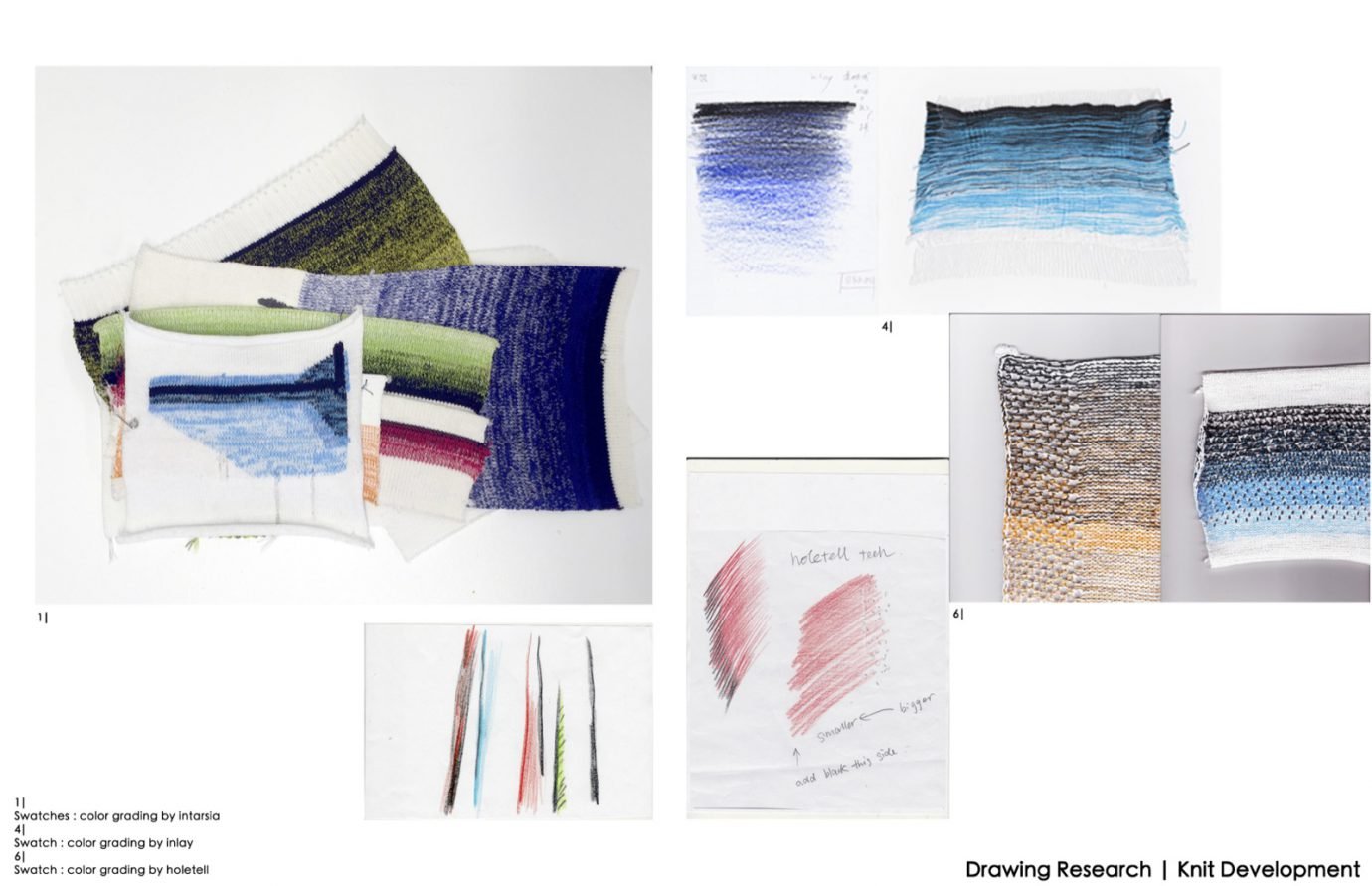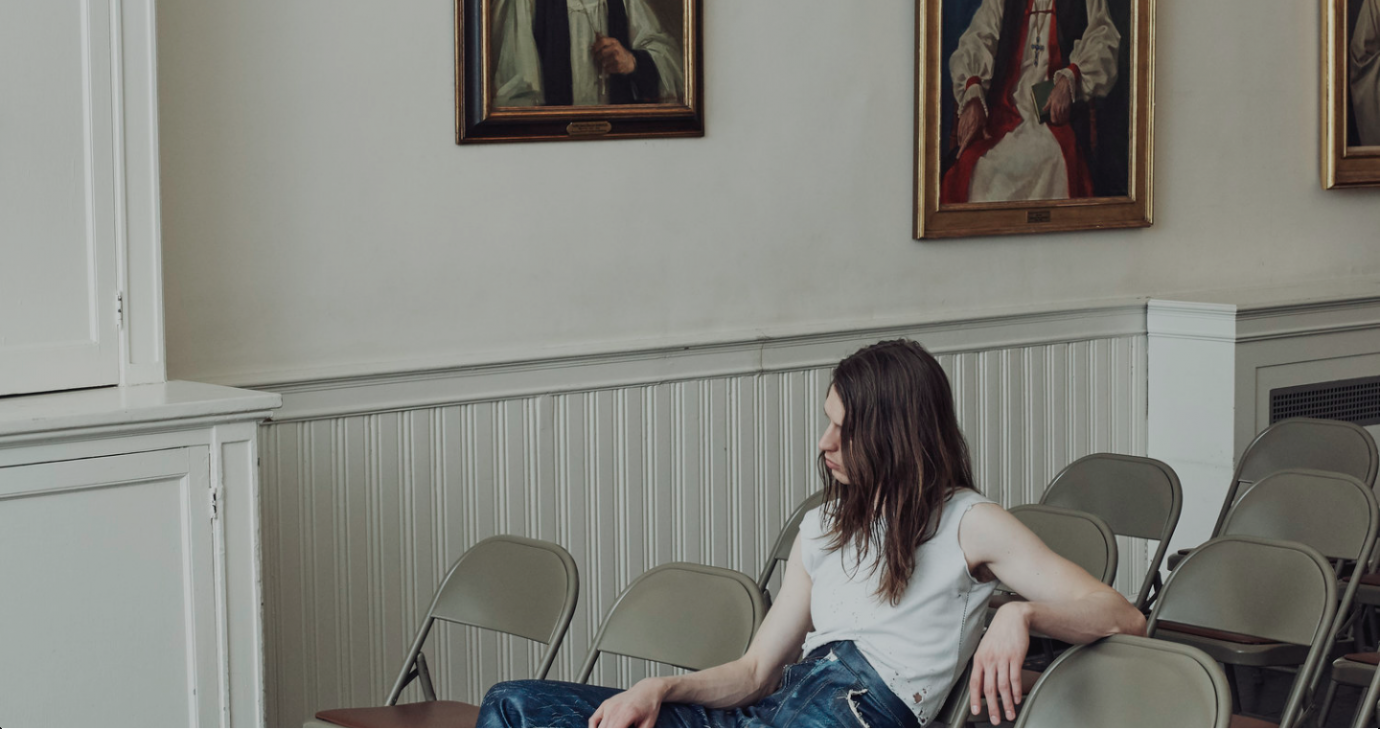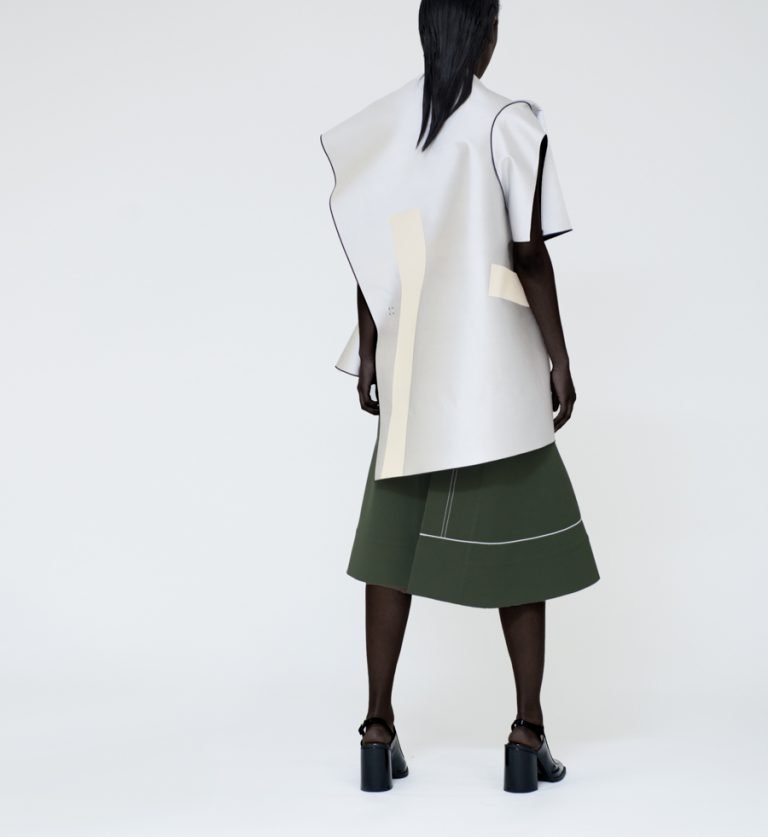The significance of such a move signals the industry’s confidence in supporting emerging talent — a promising act for the future of fashion design in New York. As fashion week schedules become increasingly saturated, designers constantly have to discover new ways to be noticed. Baptista explains that besides the crop of young designers like Andrea Jiapei Li, Adam Selman and Ottolinger, they have extended their support to the Parsons MFA program, as the course is “educating a brilliant new generation of designers.” But how did the young course rise to such prominence over a brief period of five years?
Initiated by alumna Donna Karan in 2010, and spearheaded by Shelley Fox (who graduated from Central Saint Martins’ MA Fashion in 1996), the course has thrown the typical handbook of fashion education out of the window, as it covers topics from business and communication, to photography and film, aiming to familiarise its students with the reality of working as a fashion designer today. “Fashion is always changing, but society is too, so you’re responding to this ever-changing thing and you never need to change the title, because it never becomes out of date in its own way,” Fox says of the course’s name. “We’ve integrated these different aspects into the curriculum to explore how designers can use photography and film as a different way to try and develop their ideas, but also to try and take ownership of their work. Because once it’s out there in the real world, so to speak, it’s not theirs anymore.”
“THE COURSE HAS THROWN THE TYPICAL HANDBOOK OF FASHION EDUCATION OUT OF THE WINDOW, AS IT COVERS TOPICS FROM BUSINESS TO FILM, AIMING TO FAMILIARISE ITS STUDENTS WITH THE REALITY OF WORKING AS A FASHION DESIGNER TODAY.”
Over the last five years, the fashion industry as a whole seems to have re-defined itself, changing the fundamentals of (self-)education along the way. Speaking of the qualities that a young fashion designer should cultivate in both themselves and their career, fashion retail consultant Julie Gilhart exclaims: “They must have a strong sense of self! Everything is becoming so transparent, so a young designer should be prepared for more exposure than in days past. Today, to have the skill and craftsmanship is only one element of the bigger picture. Social media and marketing are driving forces, so a young designer must know the playing field. Business knowledge is crucial and I always say: look for a partner. It’s hard to create a stable business and be the designer/curator, too.” This certainly is something that Melitta Baumeister can identify with, as she graduated from the MFA course in 2014 and subsequently set up her own brand with business partner Paul Jung. “To be a student and to be a working in the industry are really two different things,” she tells us over email. “For me it is about finding your own position and what you want to wake up for every morning.” In her case, it has meant seamlessly merging design and its visual communication (which is where Paul steps in), and not following the commercial dictations of the NYC fashion industry, where everybody seems to have an opinion on how things must be done in order to ‘succeed’.
“In a more transparent and connected world, it is not enough anymore to specialise in one creative path to succeed,” adds Burak Cakmak, Dean of the School of Fashion at Parsons, emphasising that every graduate is being challenged to have a systems-based approach to their design work and create products with the user in mind, so it will have a real longevity and broader impact. Despite the changes, however, one thing remains to be crucial in creative education according to Fox, and that is honest criticism and feedback. “I think that is the one thing that has not changed since my MA in Fashion with Louise Wilson. You need to be able to deal with that and I think it has always been really valuable.”
“HAVING THE GRADUATES OF PARSONS’ MFA FASHION DESIGN AND SOCIETY KICKSTART THE SPRING/SUMMER FASHION WEEKS WORLDWIDE FROM NOW ONWARDS WILL NOT ONLY HIGHLIGHT THE CITY’S CREATIVE POTENTIAL, BUT ALSO SPUR MORE SUPPORT FOR YOUNG CREATIVE TALENT.”
The way Shelley talks about her students makes it evident that for her, heading the course is something very close to heart. “Integrity is very important in all of this, and being very real with your students. It’s my job and I think I treat it like my own business, in the sense that I give it everything, because it requires it. Anything less won’t work.” Her unswerving can-do attitude has undoubtedly been the catalyst in building such a successful course, and by doing so, she hopes to prove that New York — like London — has always had the capacity to be creative. “It’s a bit lazy for people to just go, “oh, New York — Gap and J. Crew.” It’s like, oh my god… let’s just scrape the surface a bit more!” Fox laments. “Those old adages of what works in Europe or what works in Asia are no longer valid. Fashion labels all have international clients. You can be in any city in the world, and who’s wearing Nike? Everybody.” Wholly against the belief that New York is more commercial than creative, she goes on to make an amusing (but nevertheless accurate) analogy of Nike as being “the couture of America.” With some of the course’s knitwear designers now employees at the mega-company, she explains how it is indeed as much hard work as working at a company such as Dior, for example. “The level of research, design and development that goes into a pair of Nike sneakers is plenty, and their company is enormous!”
Fostering the creativity of its students is precisely what Fox has been doing and will continue to do. “You can’t water up, but you can water down,” she said in an interview with us last year. What this logic suggests is a designer’s mastery in being able to reformulate their craft into a more commercially viable product, but not vice versa. Having the graduates of Parsons’ MFA Fashion Design and Society kickstart the spring/summer fashion weeks worldwide from now onwards will not only highlight the city’s creative potential, but also spur more support for young creative talent. “Beyond its traditional strength of being the hub of successful global fashion businesses, New York’s fashion scene is currently being shaped by the inflow of international young talent graduating from design schools like Parsons,” explains Cakmak. “I expect to see influential young designers educated in New York to lead the way in defining the tastes of Gen Z, especially because they seem to be better versed in not only design, but also use of technology and innovative ways of engaging this generation.”

